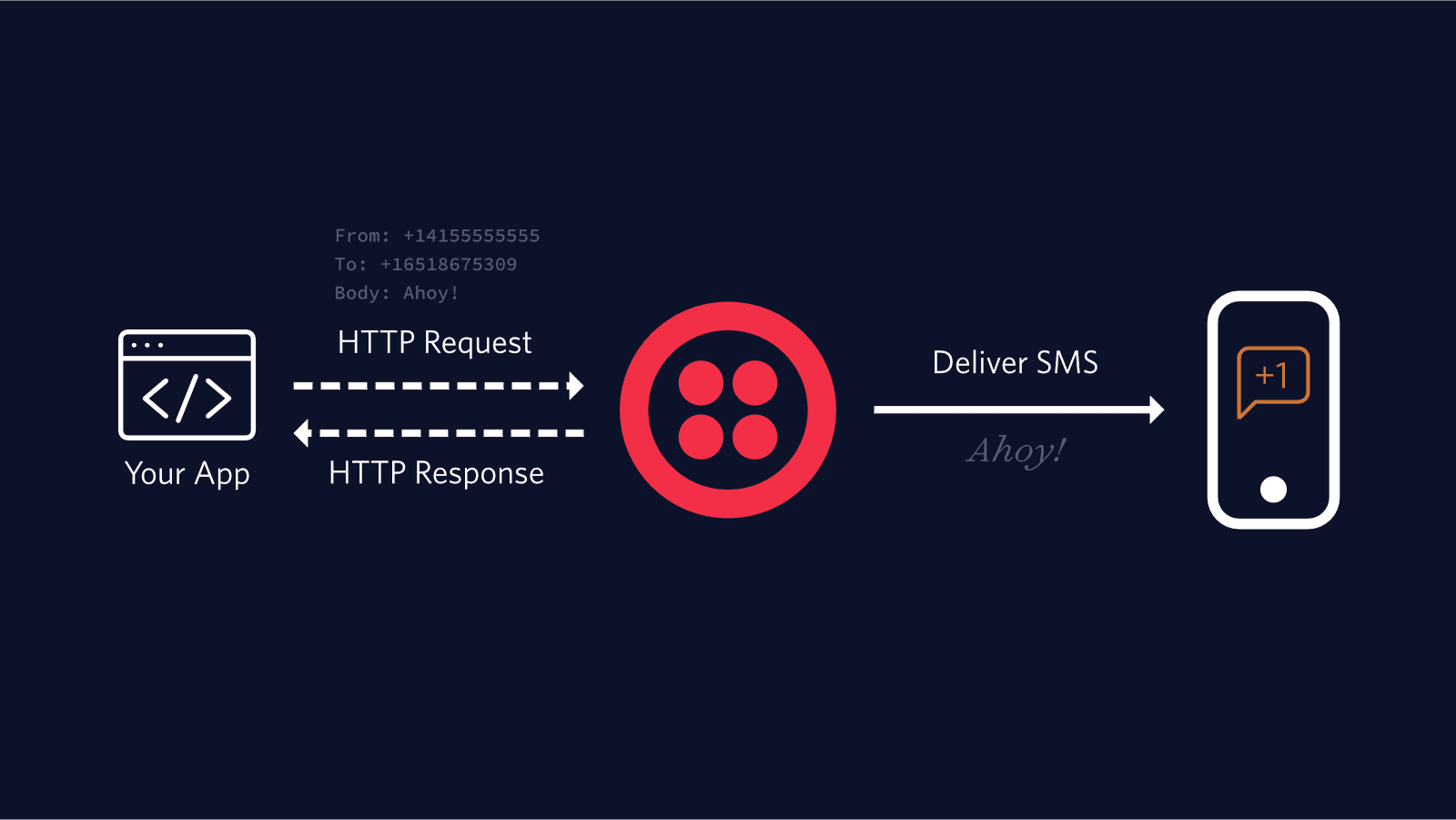What is an SMS?
The text messaging service that telephone, internet, and mobile devices use. First formalized in 1987, the Global System for Mobile Communications (GSM) standards included the Short Message Service (SMS) text-only standard. SMS can be understood as the service as a whole or as a single message.
The GSM agreed on the SMS standard in 1987 as GSM 03.40 and GSM 03.41. Neil Papworth of Vodafone sent the first text message over the Vodafone network on December 3, 1992: MERRY CHRISTMAS.
The 160-byte limit came about because SMS needed to fit between existing telephony protocols. After it took off, the Short Message Peer-to-Peer (SMPP) Protocol codified this limit. This protocol transmits text messages between carriers.
SMS can't handle pictures, videos, or other multimedia attachments. To send attachments, the Open Mobile Alliance (OMA) published the Multimedia Messaging Service (MMS) standard as 3GPP TS 23.140 in 2002.
Once the destination carrier receives a multimedia message, the carrier sends an SMS asking the phone to download the content.
Every year, SMS-capable devices send trillions of text messages between each other. An ecosystem grew around text messaging. With the popularity of SMS, business use cases grew up around texting. SMS boasts a 5x open rate compared to email.
Businesses use text messaging for both SMS Notifications and SMS Marketing. Combining the high open rates, universal receiving capability, and ubiquitous nature of compatible devices, SMS offers a strong communication channel with customers.
Twilio began with an SMS API. To adapt the API for changing customer needs, Twilio scaled the service with the Twilio Programmable SMS. To integrate text messaging capabilities into your web, mobile, or desktop apps, use this API.

To send delivery or status updates to your business, Twilio Notify can help you add SMS Notifications and other channels. To learn about other common use cases such as SMS Marketing to your business's repertoire, see the Twilio Resource Center for solutions.